11 hectares of free women
Categories: North America | Society
By Pictolic https://pictolic.com/article/11-hectares-of-free-women1.htmlA few years before the attack on Pearl Harbor, the US government began planning the country's participation in World War II. Young military and civil servants from all over America flocked to Washington, who needed to be provided with housing.
In 1943, one of the largest female dormitories was built on the territory of Arlington farms in a few months. Lady Eleanor Roosevelt personally supervised the construction and on October 15, 1943 approved the opening of 7,000 temporary apartments for military and civil servants. 10 barracks occupied an area of more than 11 hectares. Each barracks was named after one of the American states. Civilians lived in six buildings, the other four were inhabited by participants in armed actions.
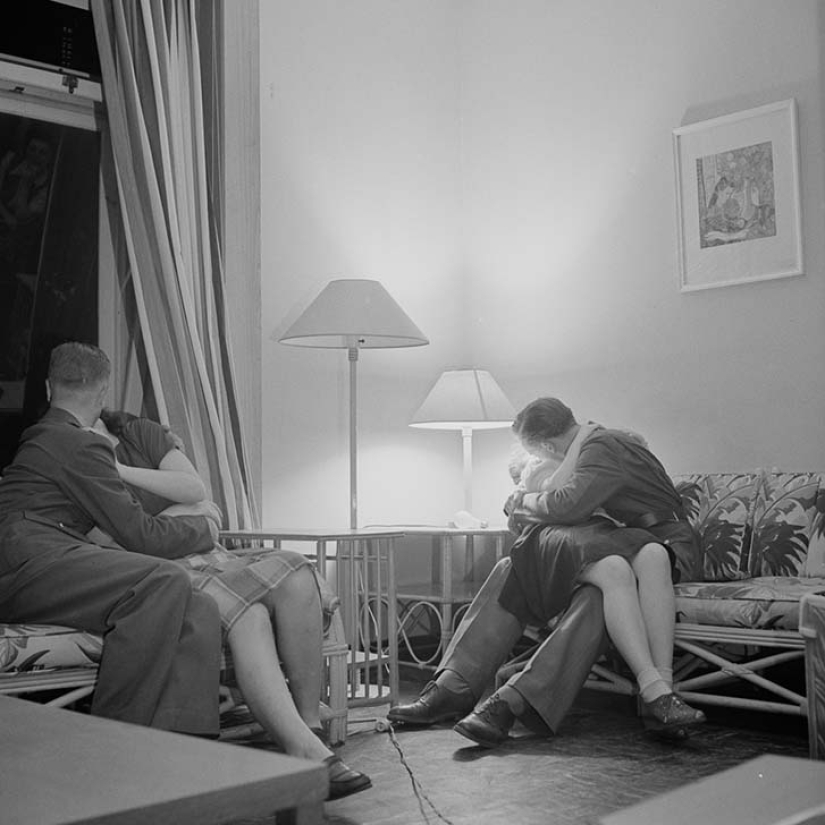
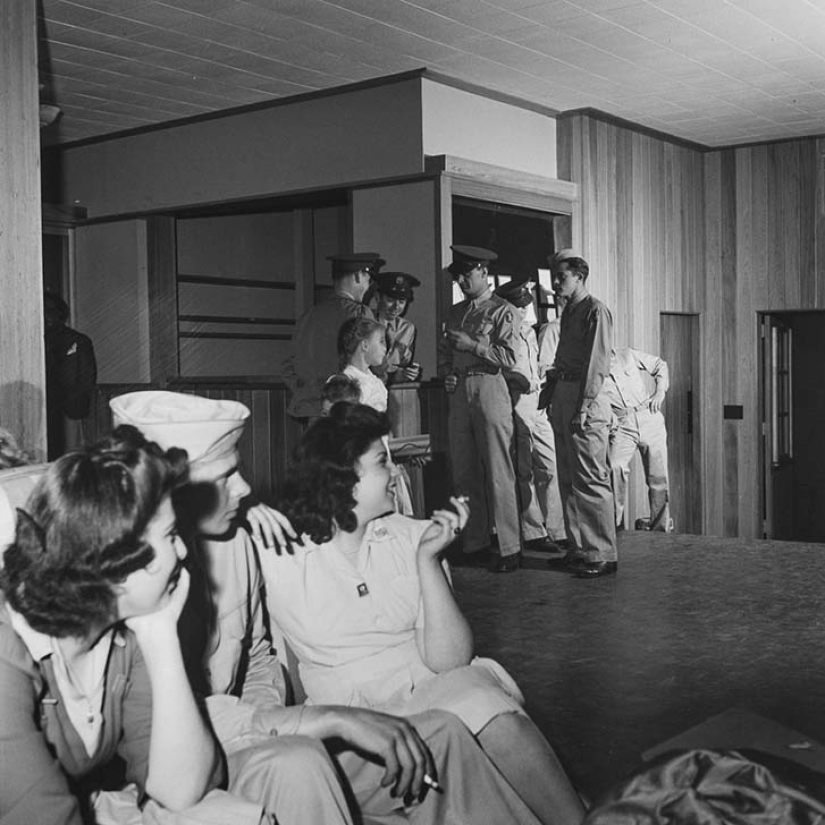
Photo: Esther Babli / Library of Congress
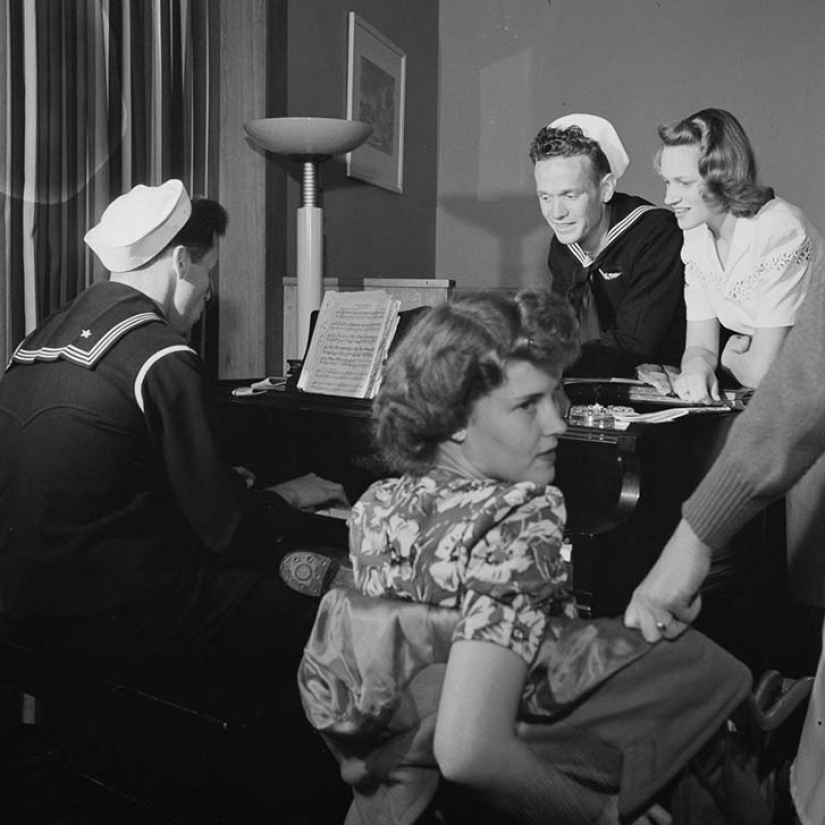
Photo: Esther Babli / Library of Congress
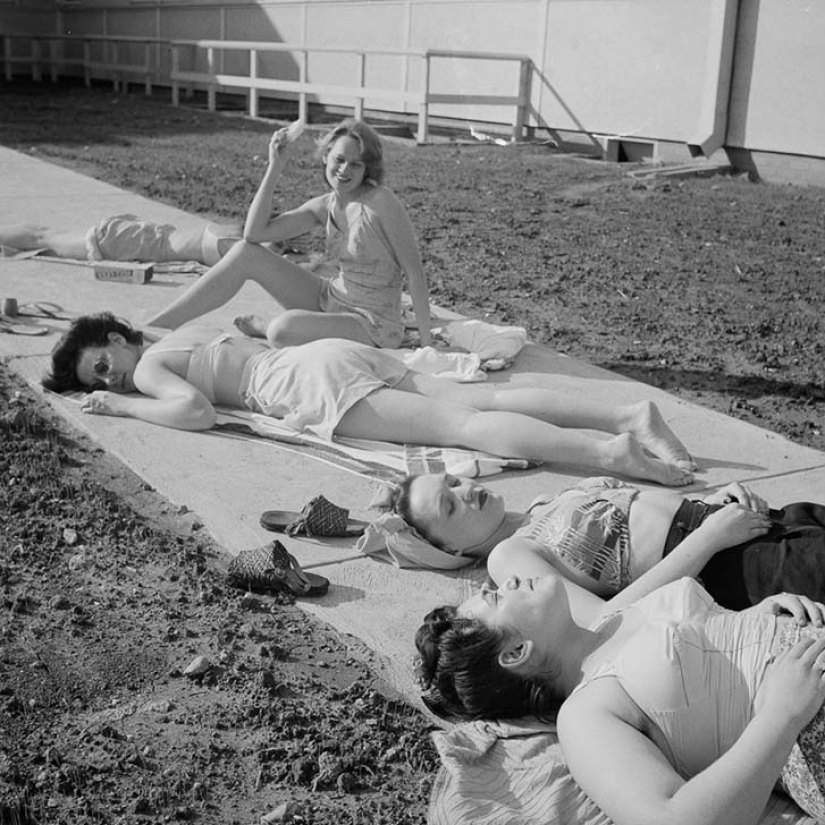
Photo: Esther Babli / Library of Congress
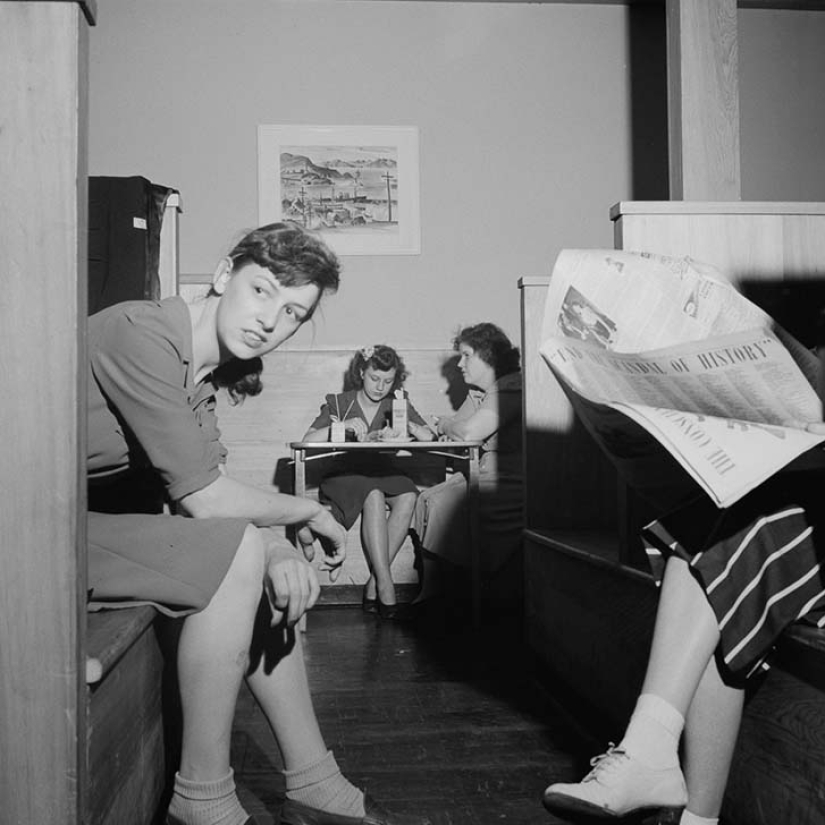
Photo: Esther Babli / Library of Congress
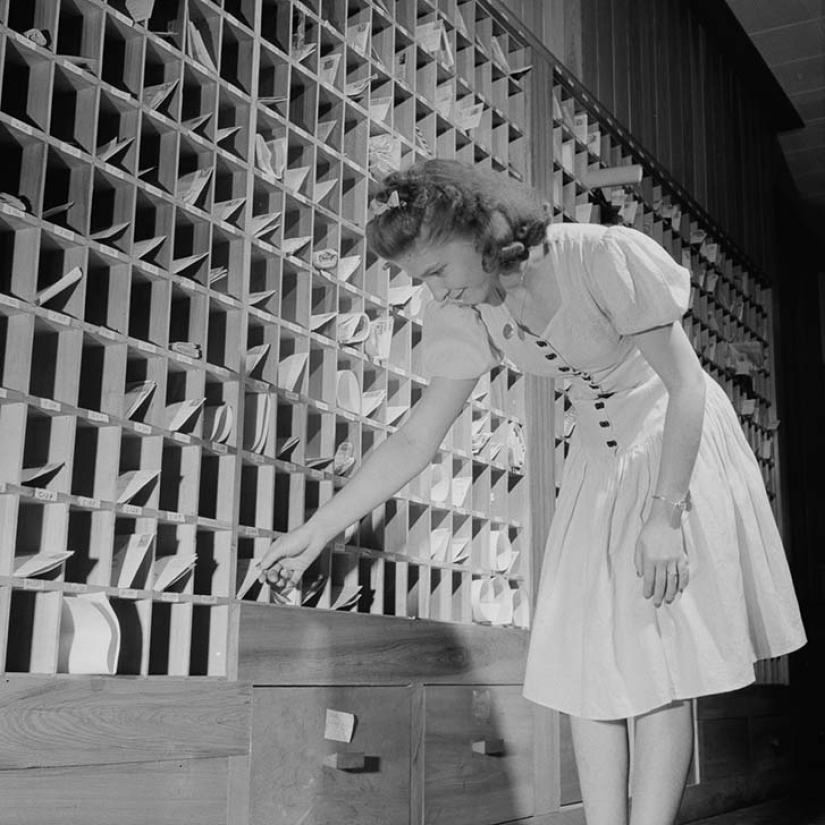
Photo: Esther Babli / Library of Congress

Photo: Esther Babli / Library of Congress
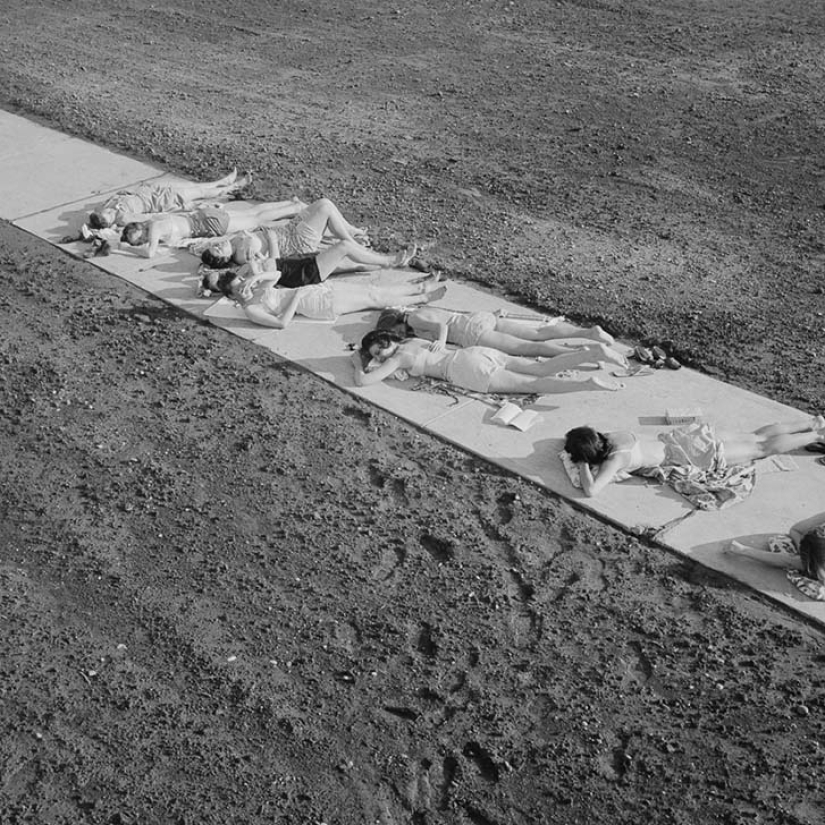
Due to the fact that the hostel was built in a few months, the territory was not improved. In this photo, especially resourceful ladies are sunbathing right on the footpaths. Photo: Esther Babli / Library of Congress
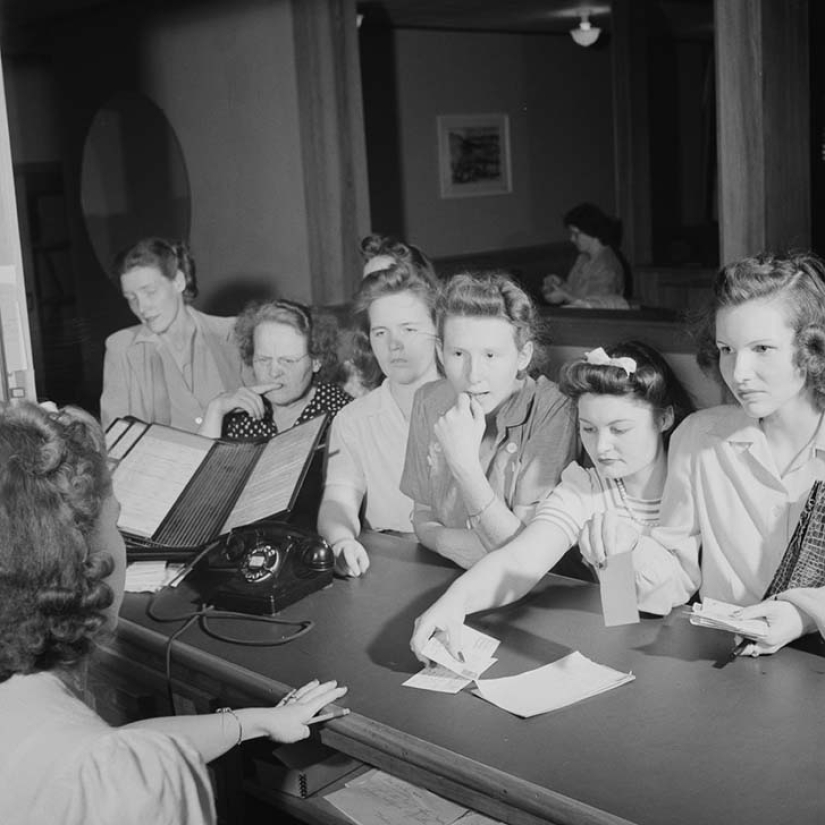
Photo: Esther Babli / Library of Congress
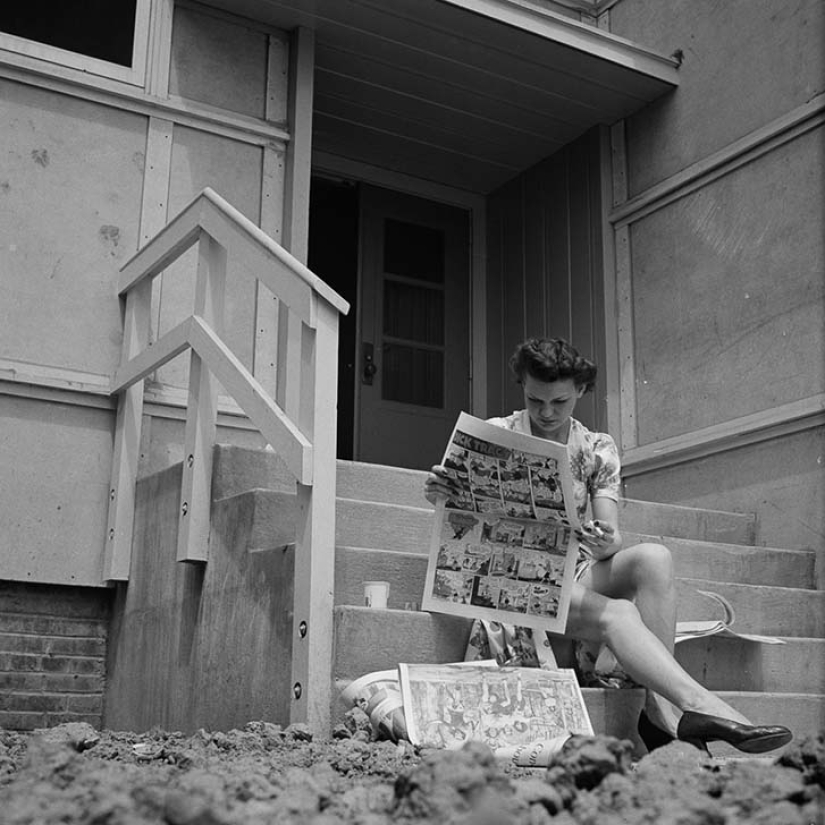
Photo: Esther Babli / Library of Congress
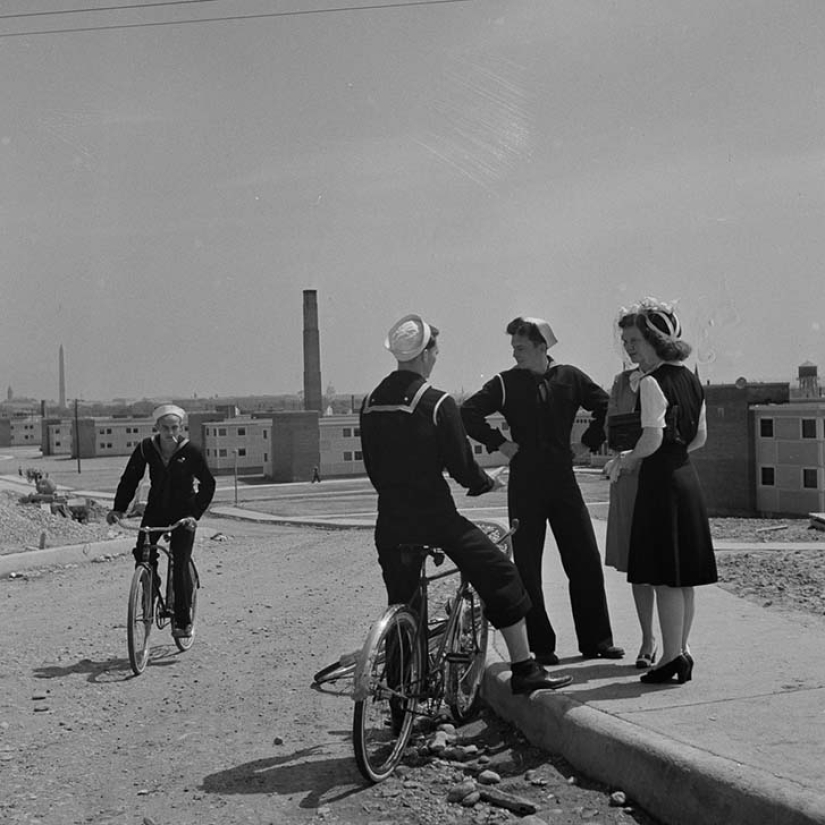
At the entrance to the dorm buildings. Photo: Esther Babli / Library of Congress
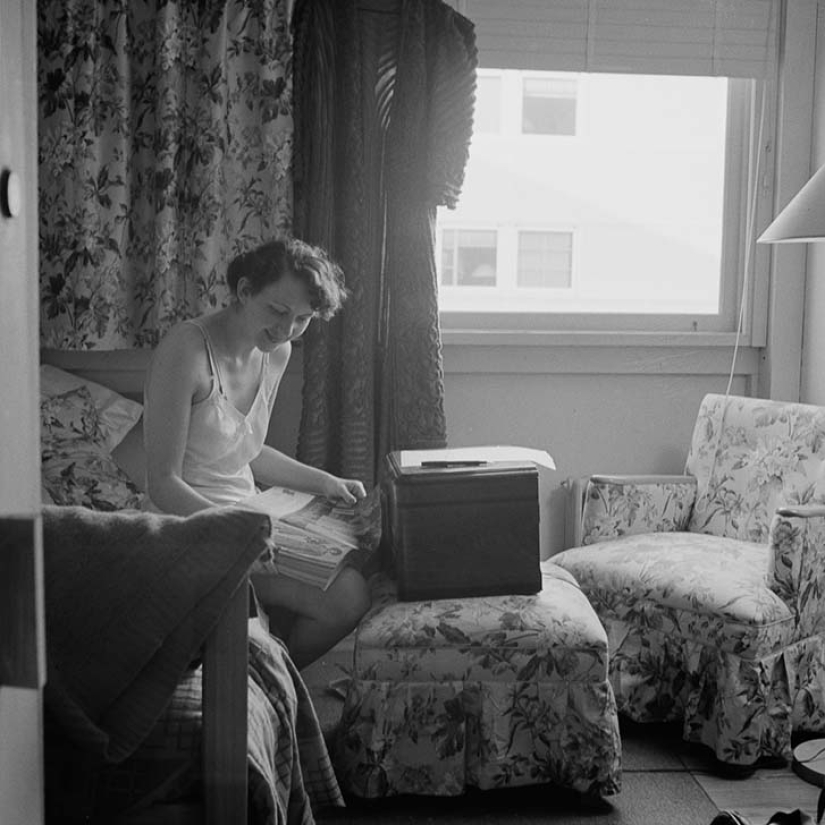
Photo: Esther Babli / Library of Congress
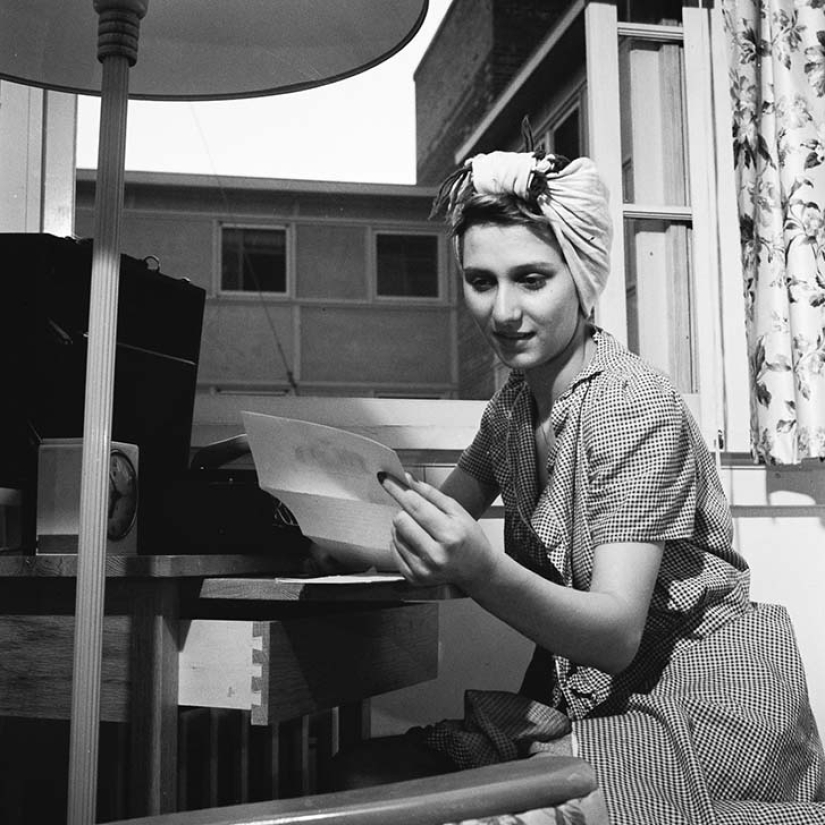
Photo: Esther Babli / Library of Congress
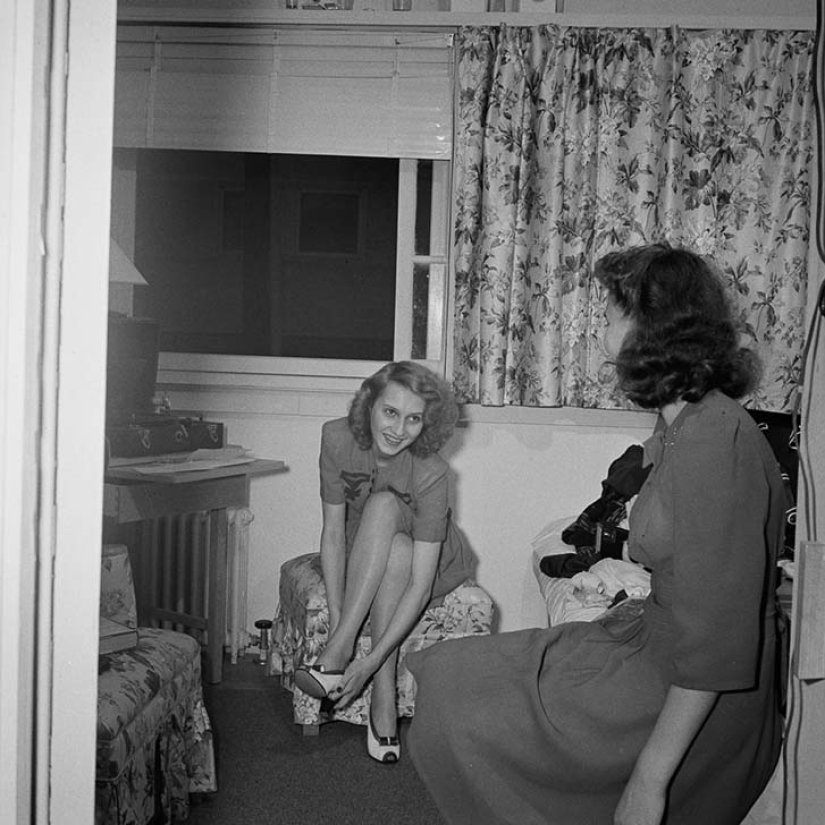
Photo: Esther Babli / Library of Congress
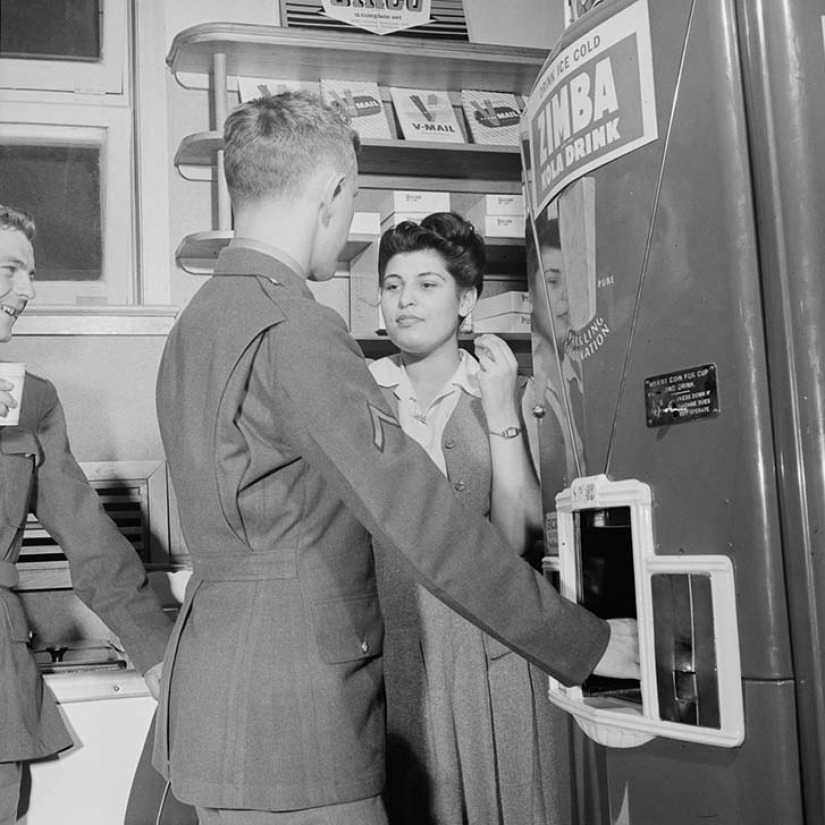
Photo: Esther Babli / Library of Congress
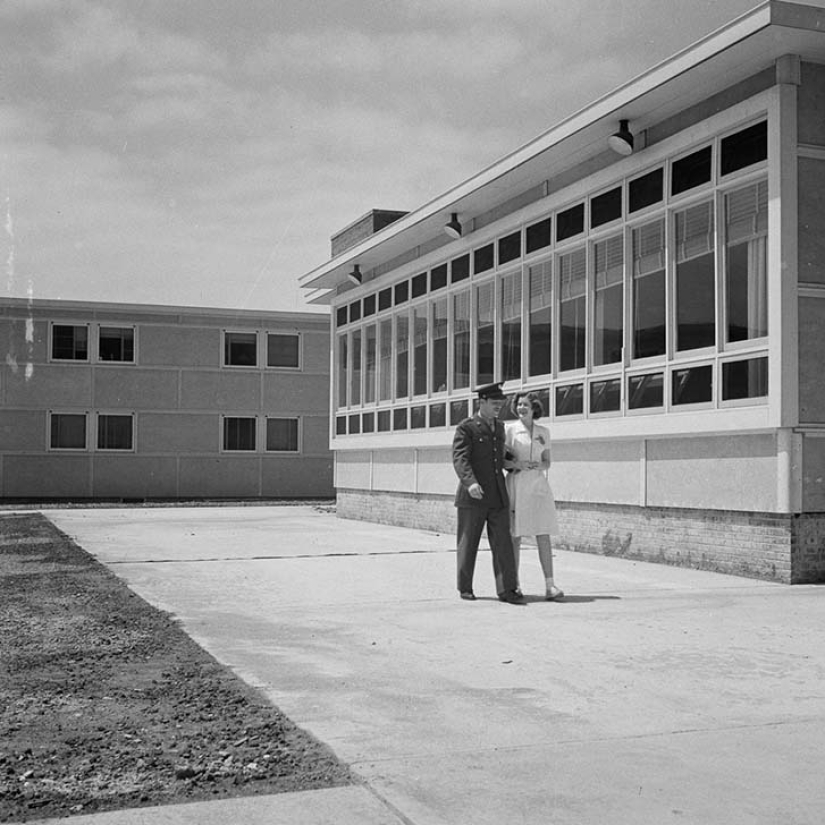
Photo: Esther Babli / Library of Congress

Photo: Esther Babli / Library of Congress
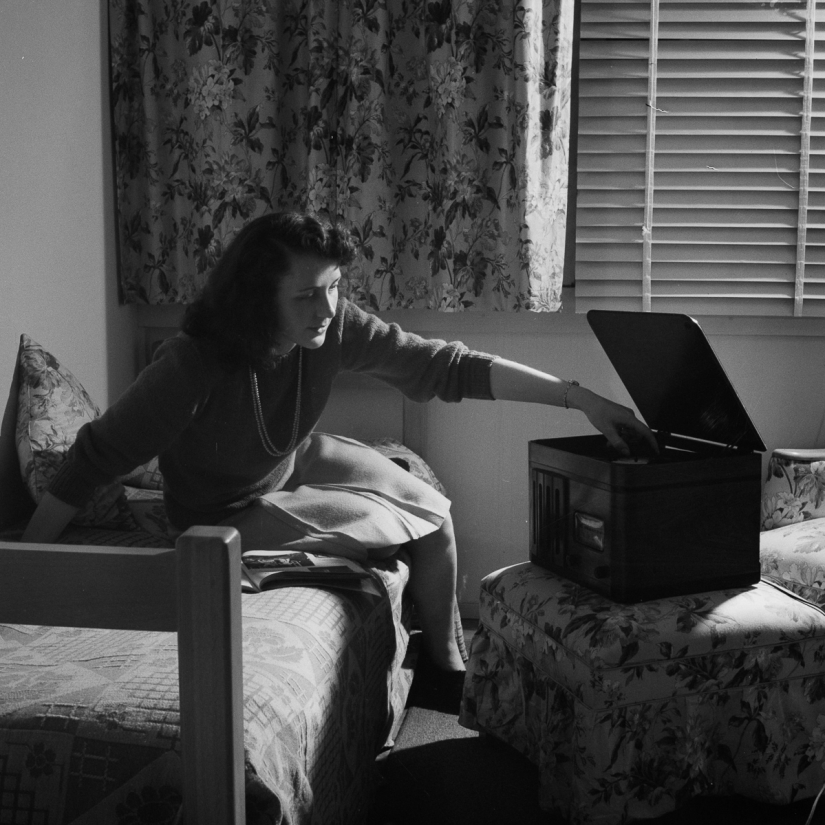
Photo: Esther Babli / Library of Congress
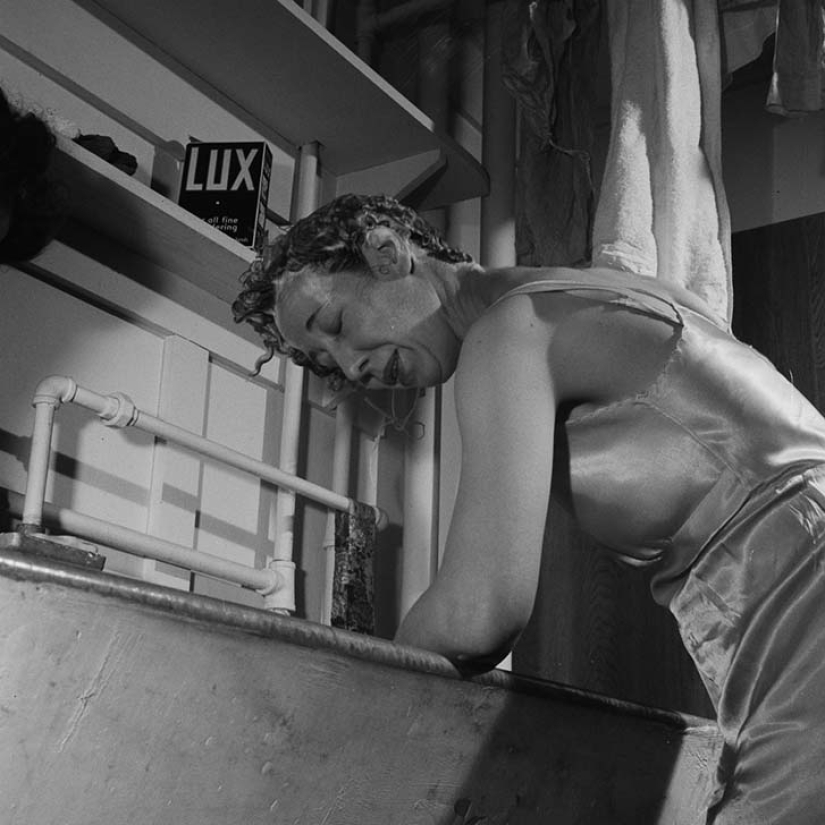
Photo: Esther Babli / Library of Congress
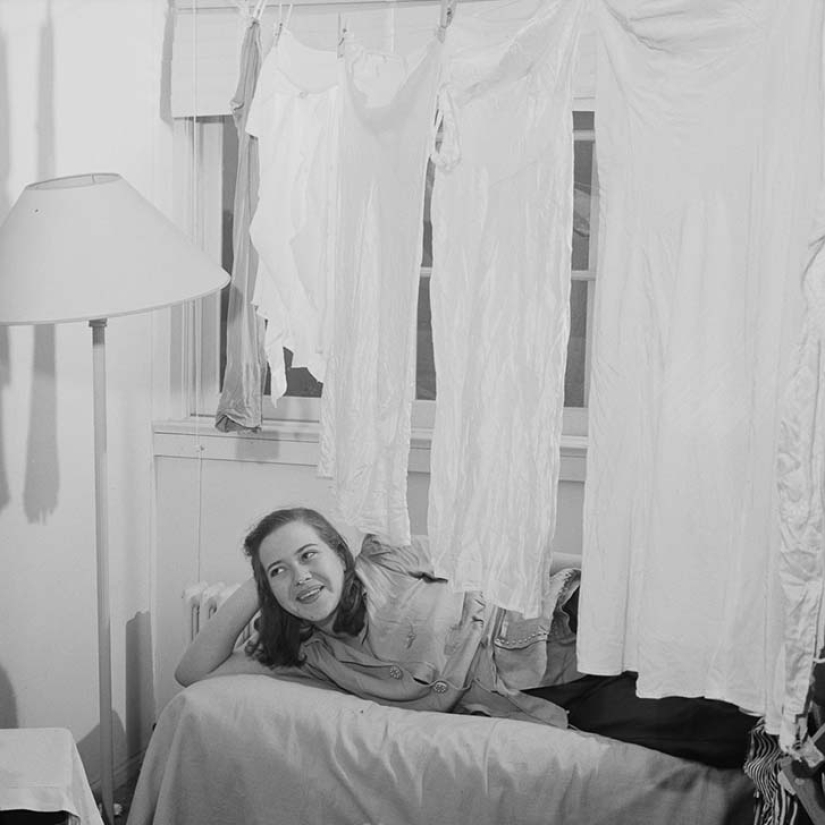
Photo: Esther Babli / Library of Congress
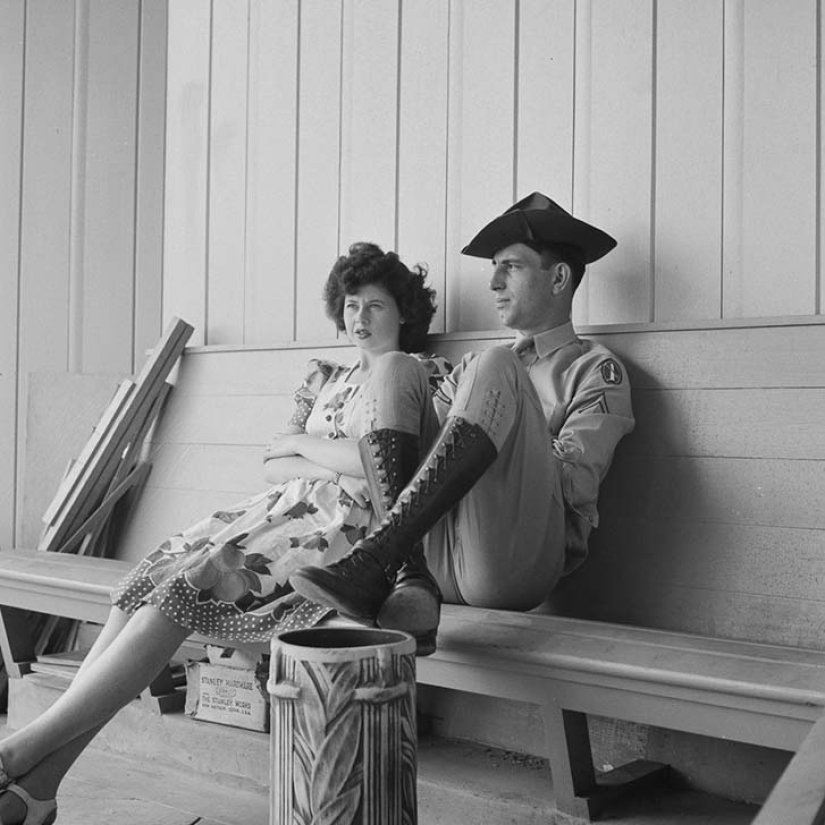
Photo: Esther Babli / Library of Congress
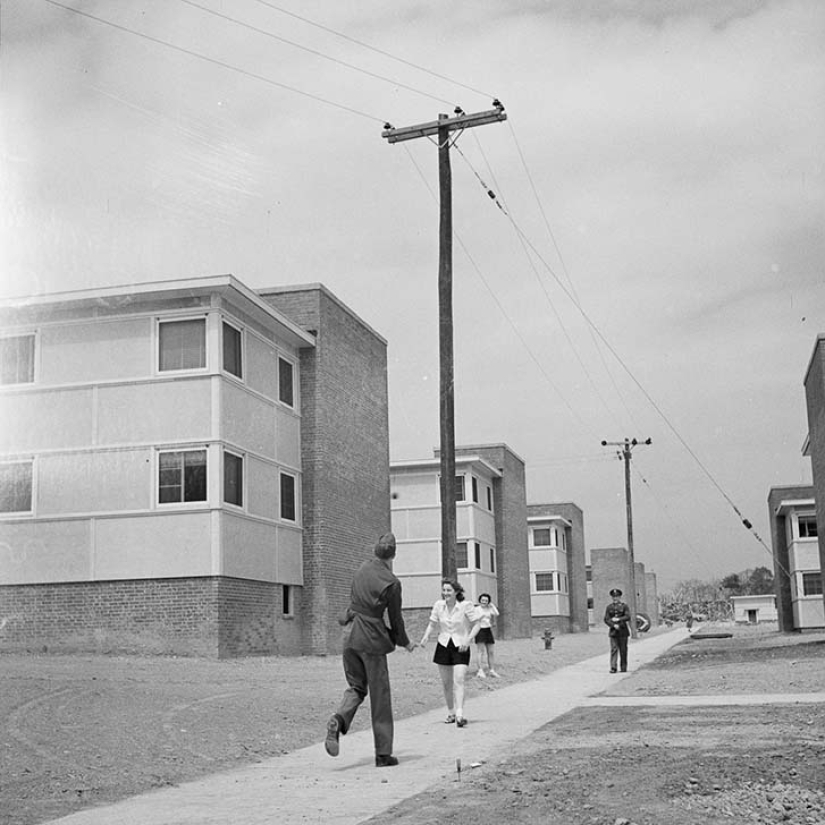
Photo: Esther Babli / Library of Congress
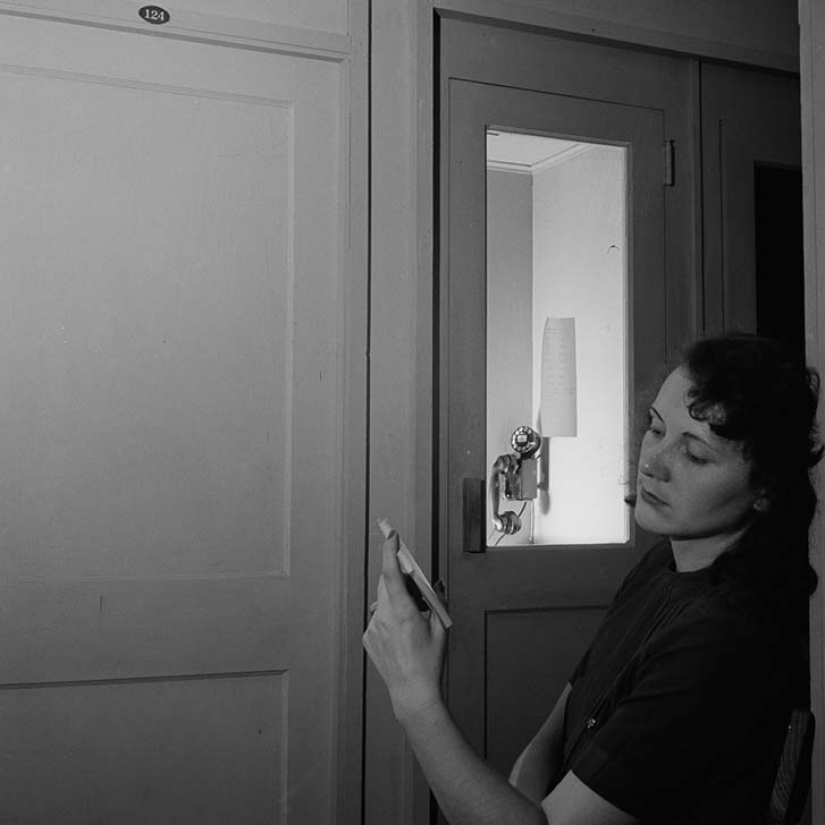
Photo: Esther Babli / Library of Congress
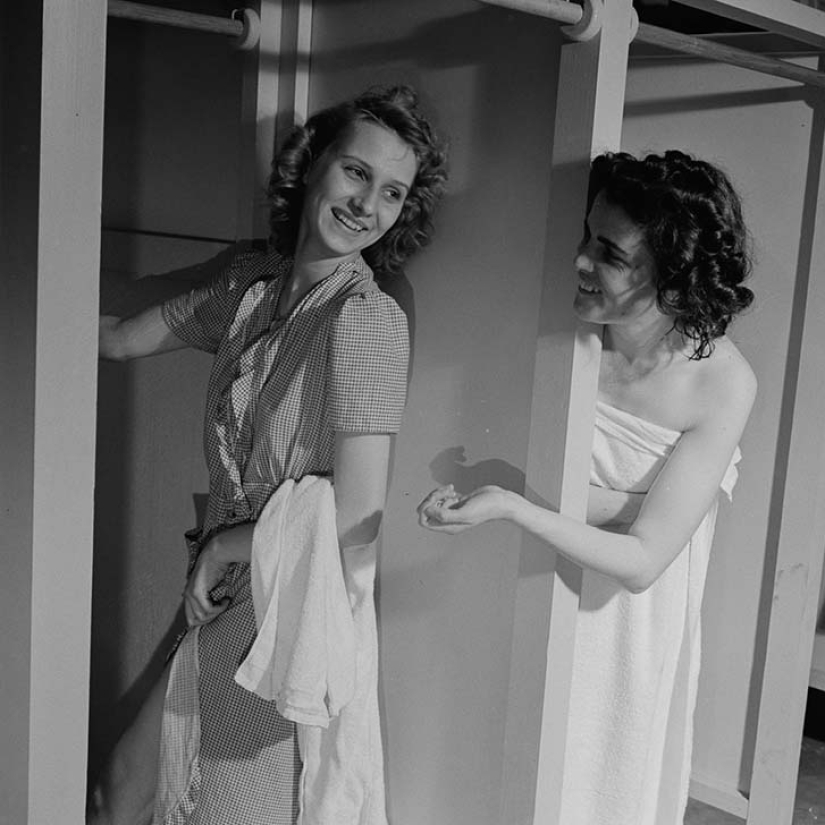
Girls in the shower. Photo: Esther Babli / Library of Congress
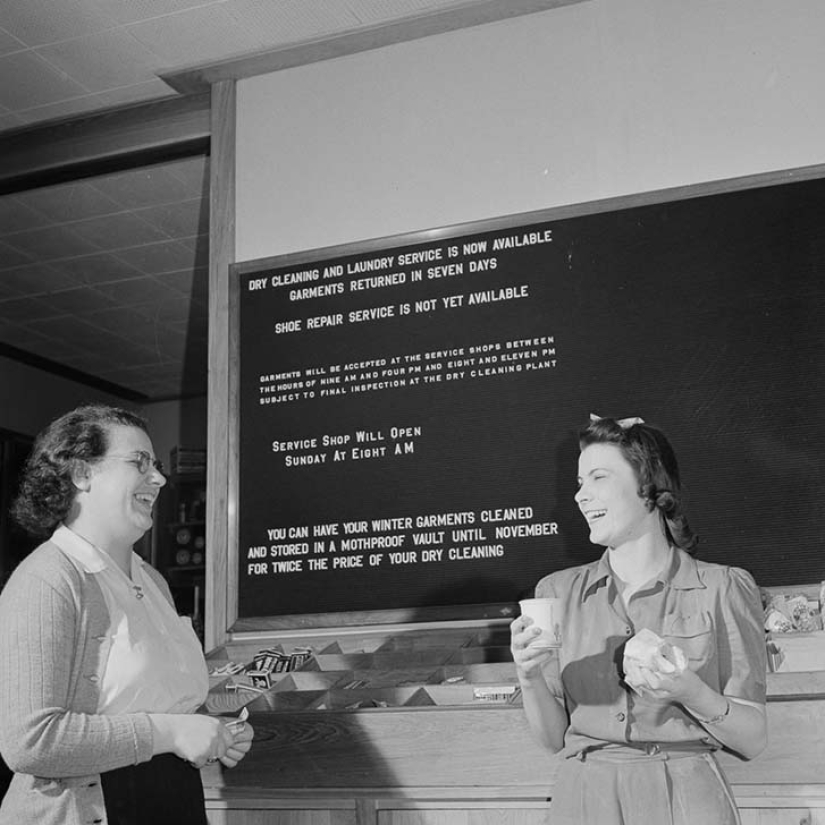
There was a shop on the territory of the hostel where girls could buy food, cosmetics and other everyday goods. Photo: Esther Babli / Library of Congress
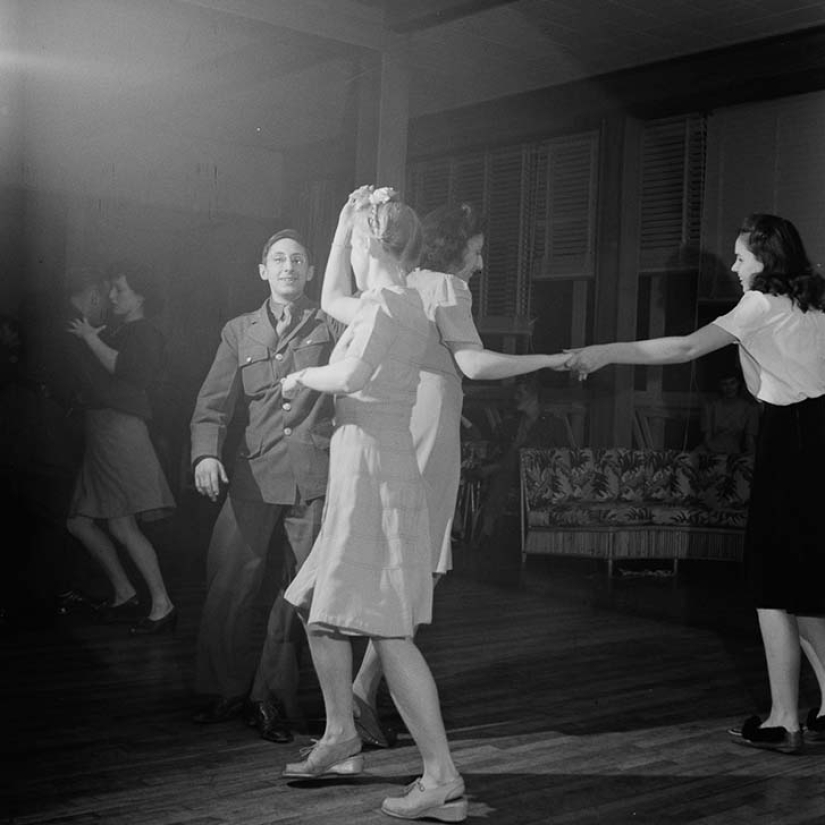
Photo: Esther Babli / Library of Congress

Photo: Esther Babli / Library of Congress
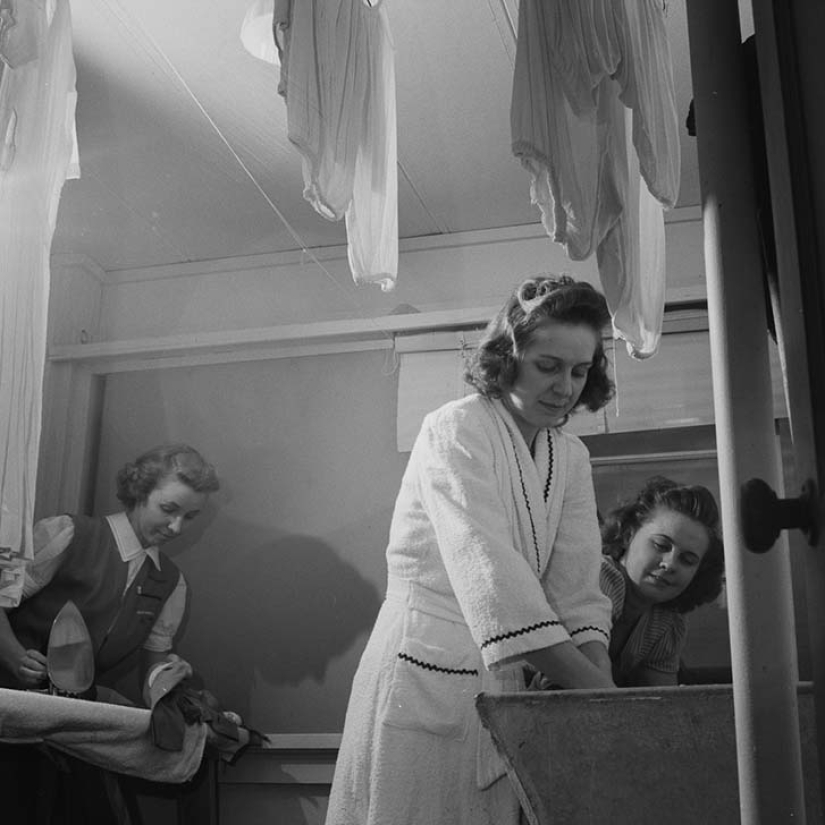
Laundry in one of the buildings. Photo: Esther Babli / Library of Congress
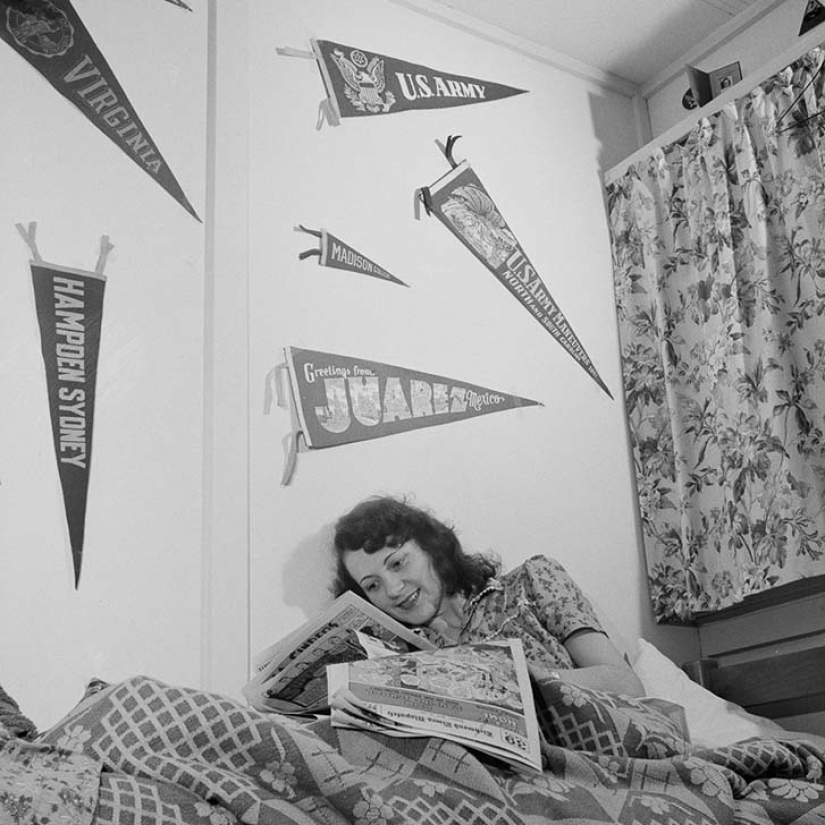
The girl is in her room. Photo: Esther Babli / Library of Congress

Photo: Esther Babli / Library of Congress

Every day a bus was sent from the hostel, which delivered the girls to the duty stations. Photo: Esther Babli / Library of Congress
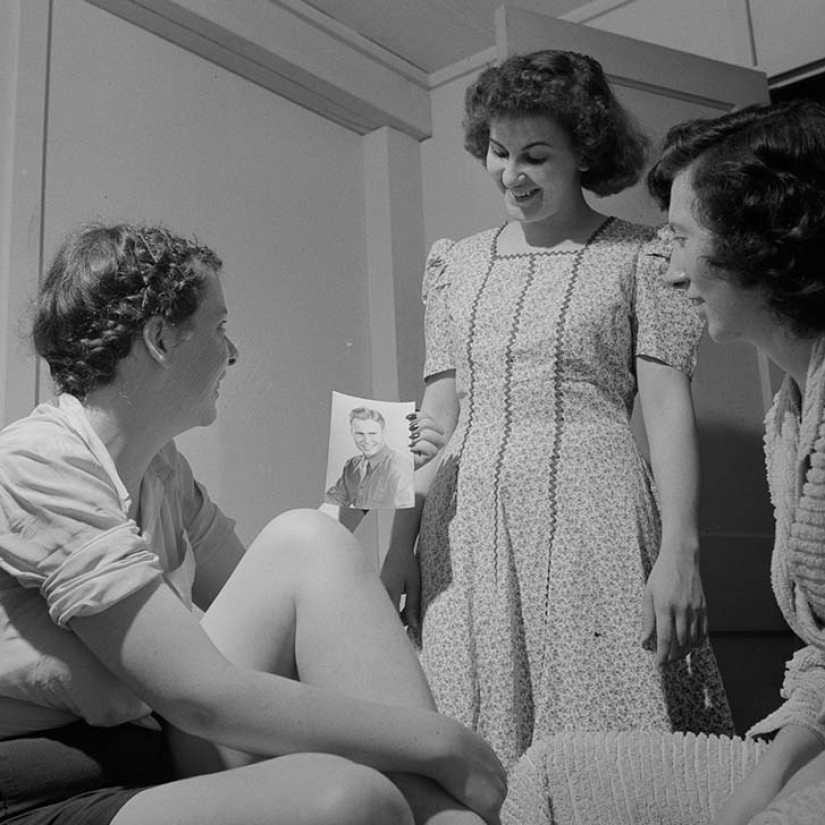
Photo: Esther Babli / Library of Congress

It was considered glamorous to live on the territory of Arlington farms — almost all young American women dreamed of moving there. Photo: Esther Babli / Library of Congress

The girls are resting in their room. Photo: Esther Babli / Library of Congress
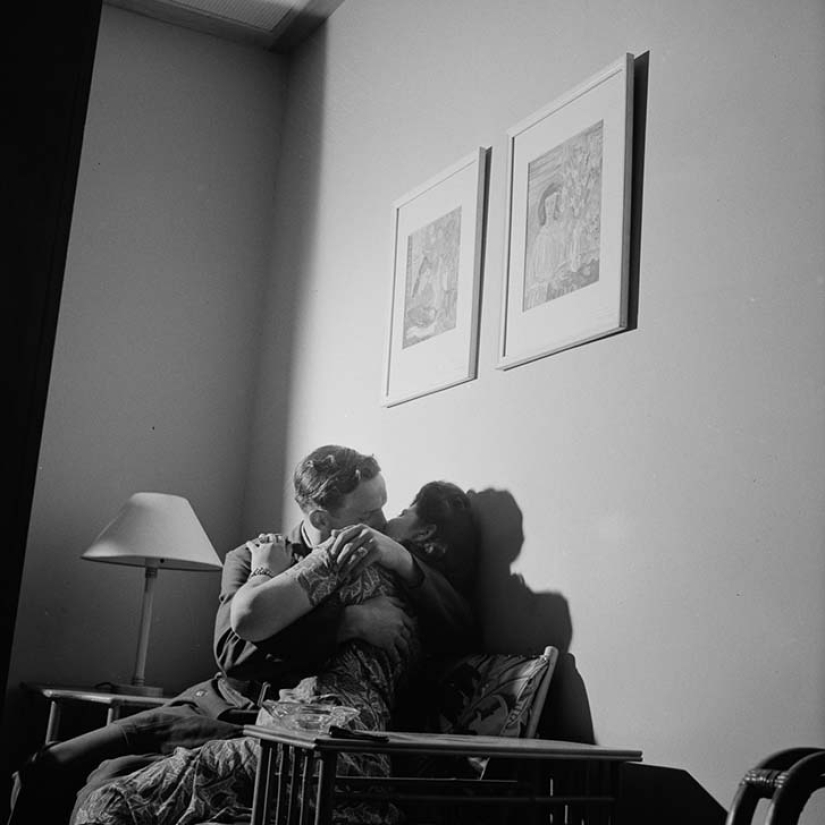
Photo: Esther Babli / Library of Congress
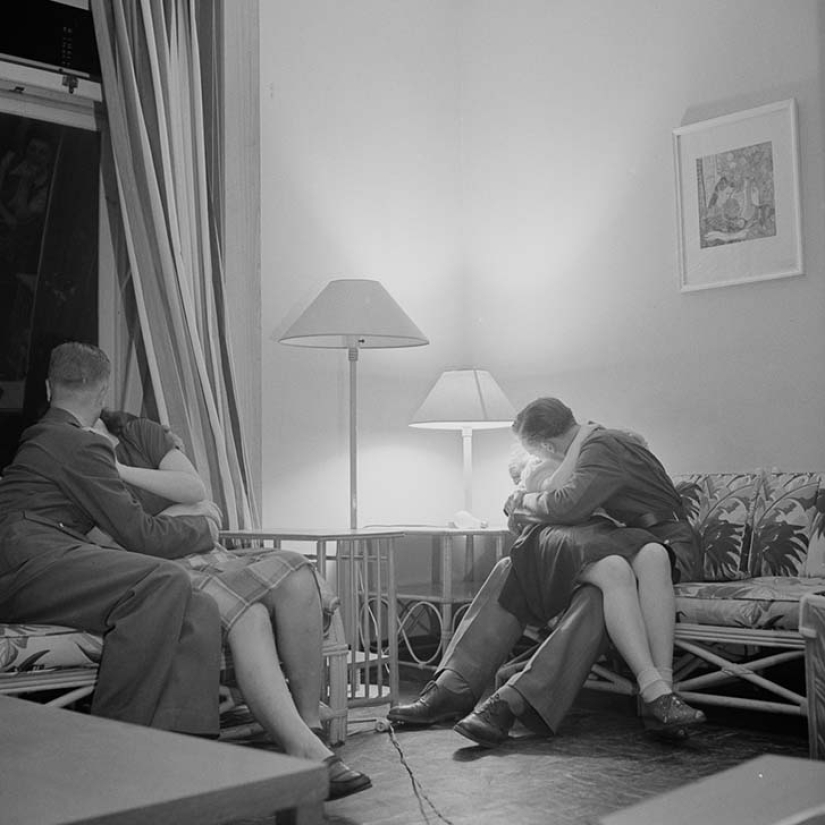
The residents of the town were not distinguished by puritanical mores, so they often received guests in dormitories. Photo: Esther Babli / Library of Congress
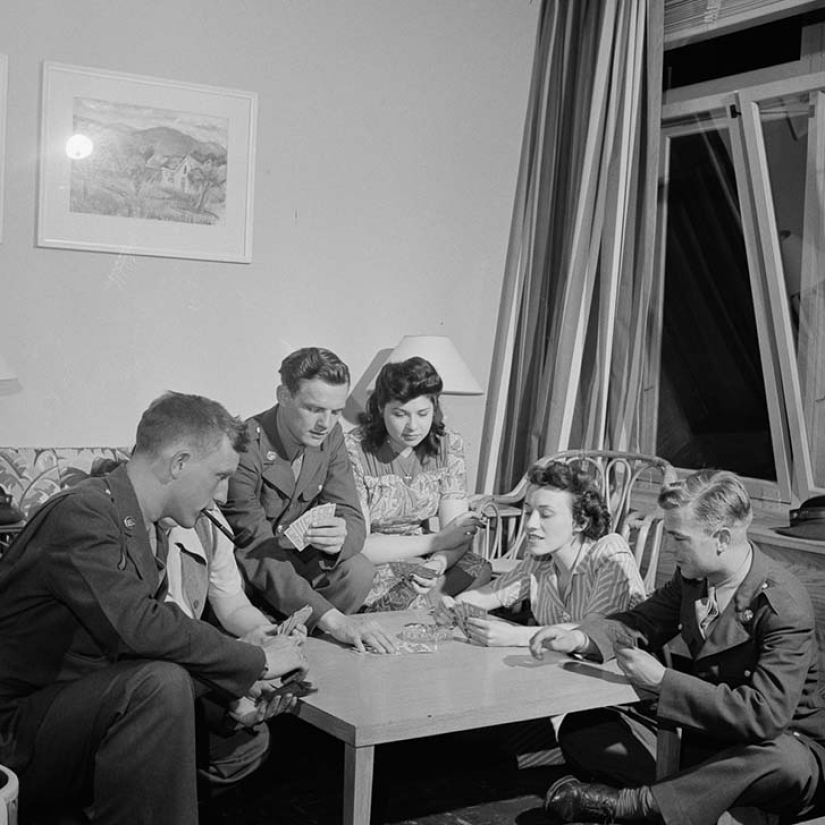
Each building had a special recreation area divided into several small rooms. The photo shows a card room. Photo: Esther Babli / Library of Congress
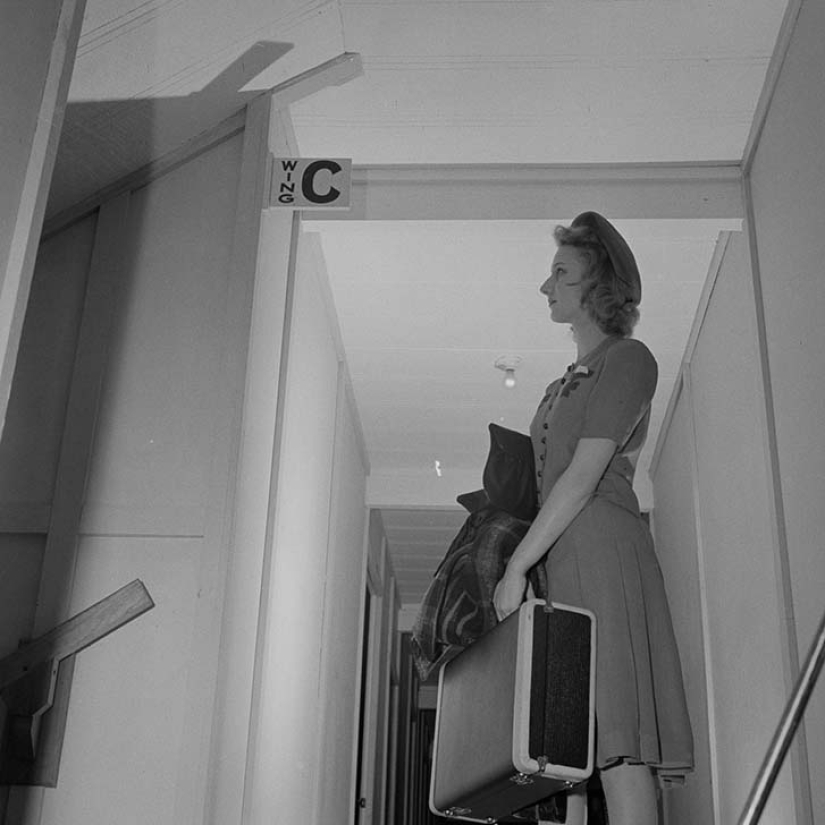
Arrival of new residents in the Idaho Building. Photo: Esther Babli / Library of Congress
Keywords: Washington | Women | Dorm | USA
Post News ArticleRecent articles

Reddit users gathered once and let's brag about who and what they treat in school canteens. Both the students themselves and their ...

What kind of wedding traditions do not happen! The Scots pour dirty slush over the bride, some peoples of India have decided to get ...
Related articles

Sex — is not only enjoyable, but also a very useful exercise. Orgasm improves the General condition of the organs and ...

As a child, his mother called Sean Vincent Gillis "a baby with an angelic face" and did not even suspect that her child would turn ...

Ladies, no offense, but men are better at navigating the terrain than you are. Men, do not be offended, but ladies are better than ...

The winter sky sometimes presents phenomena that seem almost unreal. Pearlescent, or nacreous, clouds are rare guests in our ...